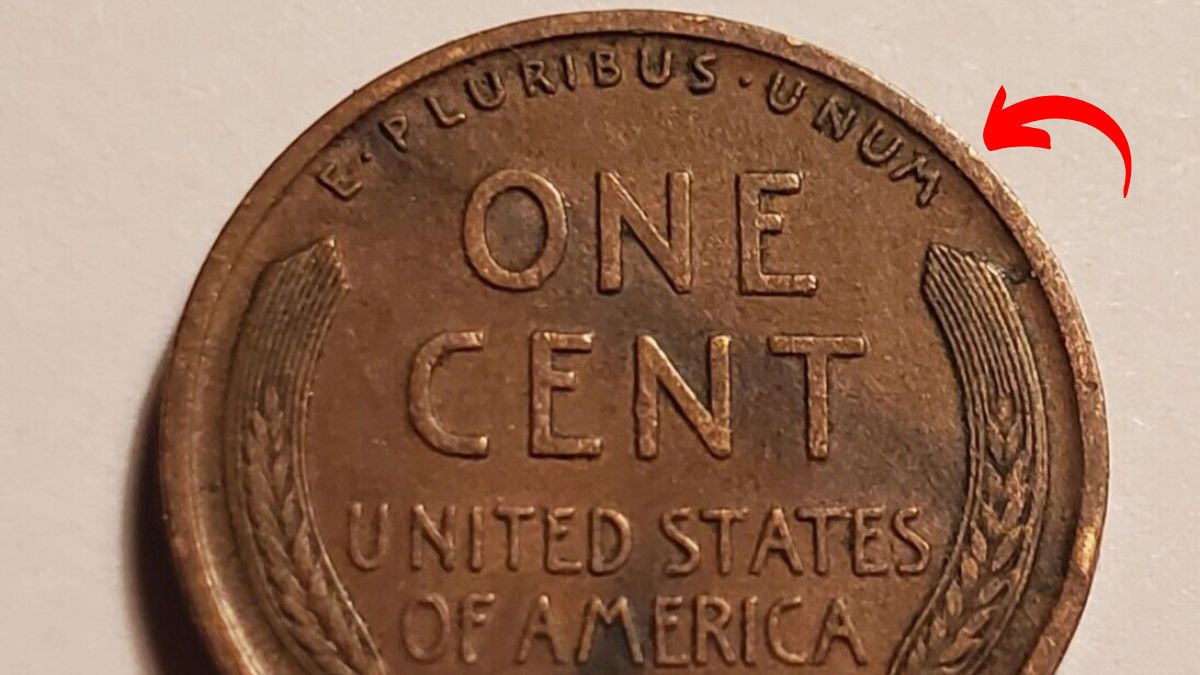The world of coin collecting is brimming with intrigue, and the Lincoln Wheat Penny stands out as one of the most iconic and sought-after coins in American numismatics. With stories of a single penny valued at an incredible $150 million, this humble coin has captured the imagination of collectors and enthusiasts alike. But what makes this penny so special, and how could it possibly still be in circulation? Let’s dive into the fascinating history, value, and enduring mystery of the Lincoln Wheat Penny.
A Brief History of the Lincoln Wheat Penny
The Lincoln Wheat Penny, first minted in 1909, was created to honor the 100th anniversary of Abraham Lincoln’s birth. Designed by Victor David Brenner, it marked the first time a real person’s portrait appeared on a circulating U.S. coin.
Design Details
- Obverse (Front): Features a profile of Abraham Lincoln, with the inscriptions “IN GOD WE TRUST,” “LIBERTY,” and the mint year.
- Reverse (Back): Depicts two stalks of wheat framing the words “ONE CENT” and “UNITED STATES OF AMERICA,” with “E PLURIBUS UNUM” above.
The penny remained in production until 1958, when the reverse design was replaced with the Lincoln Memorial Cent. Over its nearly 50-year run, billions of Wheat Pennies were minted, cementing its place as a staple of American currency.
What Makes the Lincoln Wheat Penny Valuable?
While most Wheat Pennies are worth only a few cents, certain rare varieties can fetch astronomical prices due to a combination of rarity, condition, historical significance, and collector demand.
1. Rare Minting Errors
One of the most famous and valuable errors is the 1943 Copper Penny. During World War II, the U.S. Mint replaced copper with steel to conserve resources. However, a few copper planchets were accidentally used, creating one of the rarest coins in U.S. history.
- Value: One 1943 Copper Penny sold for $1.7 million at auction.
2. Key Dates and Mintmarks
Certain mint years and mintmarks are far scarcer than others, making these coins highly desirable.
- 1909-S VDB Penny: Only 484,000 were minted, making it one of the most coveted Lincoln Pennies.
- Value: Pristine examples can sell for over $100,000.
- 1922 “No D” Penny: A die error at the Denver Mint resulted in some coins lacking the “D” mintmark.
- Value: These coins often sell for thousands of dollars.
The $150 Million Lincoln Wheat Penny: Fact or Fiction?
The idea of a single Lincoln Wheat Penny being worth $150 million might seem unbelievable, but it underscores the fascination surrounding rare coins.
The Legend
- Stories often reference an extremely rare, one-of-a-kind penny with unique characteristics—possibly a minting error or made from a rare metal composition.
- The supposed valuation is based on its rarity, condition, and collector demand.
The Reality
While no documented Lincoln Wheat Penny has reached this astronomical figure, the market for rare coins has seen significant sales. The $150 million valuation is likely speculative or exaggerated but serves as a symbol of the potential value hidden in rare coins.
Could a $150 Million Penny Still Be in Circulation?
Surprisingly, it’s not impossible. Many Wheat Pennies, including rare and valuable ones, remain in circulation due to their sheer quantity. They can easily go unnoticed in jars of spare change, old collections, or forgotten coin rolls.
Tips for Finding Rare Pennies:
- Check the Date: Look for key years like 1909, 1914, 1922, or 1943.
- Inspect the Mintmark: Rare mintmarks like “S” (San Francisco) or “D” (Denver) add value.
- Weigh the Coin: A 1943 Copper Penny weighs about 3.11 grams, compared to 2.7 grams for a steel penny.
- Look for Errors: Features like double strikes, off-center designs, or missing mintmarks can make a coin unique.
The Allure of the Lincoln Wheat Penny
Beyond its monetary value, the Lincoln Wheat Penny holds immense historical and cultural significance. It witnessed some of America’s most pivotal moments, from two World Wars to the Great Depression, serving as a tangible link to the nation’s past.
How to Start Your Coin-Collecting Journey
If the story of the $150 million penny has piqued your interest, here’s how to begin your own collection:
1. Learn the Basics
- Study key dates, mintmarks, and error varieties.
- Familiarize yourself with grading scales to assess coin condition.
2. Gather Tools
- Invest in a magnifying glass, scale, and protective coin holders.
3. Connect with Collectors
- Join numismatic clubs or online forums to share knowledge and tips.
4. Buy from Trusted Sources
- Purchase rare coins from reputable dealers or auction houses to avoid counterfeits.
5. Check Your Change
- Always inspect your spare change for hidden treasures—you never know what you might find!
Conclusion: The Mystery and Magic of the Lincoln Wheat Penny
The Lincoln Wheat Penny remains a cornerstone of American coin collecting, cherished for its history, artistry, and the thrilling possibility of hidden value. While the story of a $150 million penny may remain a legend, it captures the imagination and fuels the dream of finding a rare and valuable coin in everyday life.
So, the next time you sift through your pocket change, take a moment to look closer. You might just hold a piece of history—or perhaps a fortune—in your hands.
